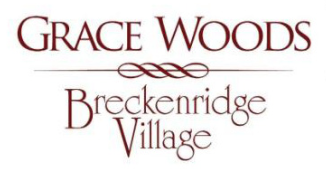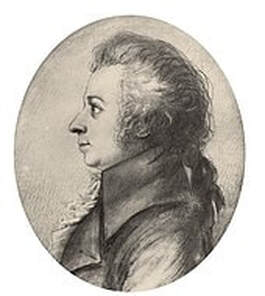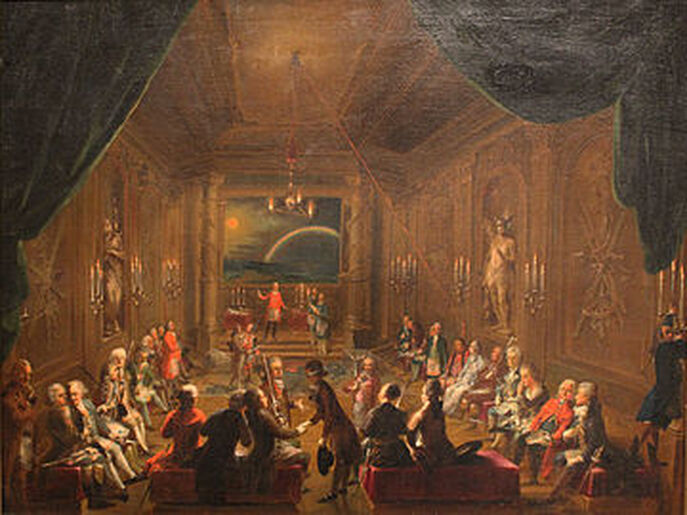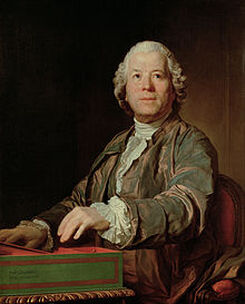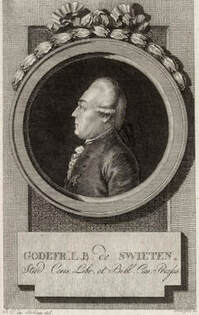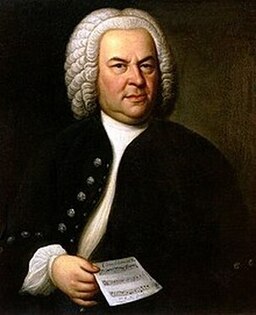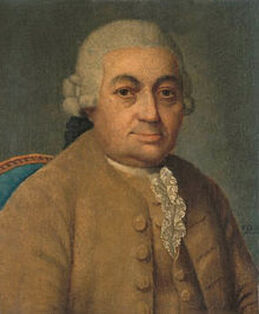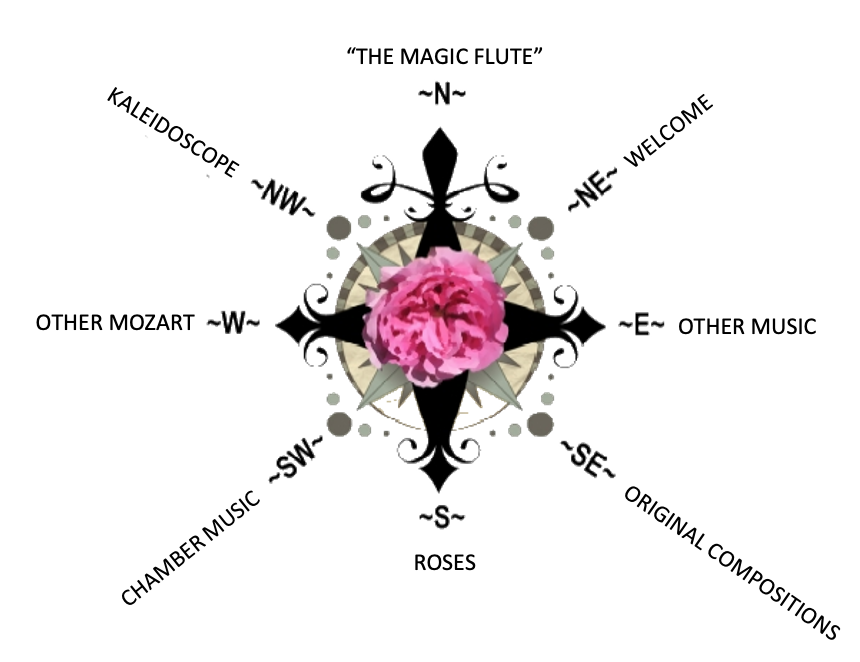- Home
- N - The Magic Flute
- NE - Welcome!
-
E - Other Music
- E - Music Genres >
- E - Composers >
-
E - Extended Discussions
>
- Allegri: Miserere
- Bach: Cantata 4
- Bach: Cantata 8
- Bach: Chaconne in D minor
- Bach: Concerto for Violin and Oboe
- Bach: Motet 6
- Bach: Passion According to St. John
- Bach: Prelude and Fugue in B-minor
- Bartok: String Quartets
- Brahms: A German Requiem
- David: The Desert
- Durufle: Requiem
- Faure: Cantique de Jean Racine
- Faure: Requiem
- Handel: Christmas Portion of Messiah
- Haydn: Farewell Symphony
- Liszt: Évocation à la Chapelle Sistine"
- Poulenc: Gloria
- Poulenc: Quatre Motets
- Villa-Lobos: Bachianas Brazilieras
- Weill
-
E - Grace Woods
>
- Grace Woods: 4-29-24
- Grace Woods: 2-19-24
- Grace Woods: 1-29-24
- Grace Woods: 1-8-24
- Grace Woods: 12-3-23
- Grace Woods: 11-20-23
- Grace Woods: 10-30-23
- Grace Woods: 10-9-23
- Grace Woods: 9-11-23
- Grace Woods: 8-28-23
- Grace Woods: 7-31-23
- Grace Woods: 6-5-23
- Grace Woods: 5-8-23
- Grace Woods: 4-17-23
- Grace Woods: 3-27-23
- Grace Woods: 1-16-23
- Grace Woods: 12-12-22
- Grace Woods: 11-21-2022
- Grace Woods: 10-31-2022
- Grace Woods: 10-2022
- Grace Woods: 8-29-22
- Grace Woods: 8-8-22
- Grace Woods: 9-6 & 9-9-21
- Grace Woods: 5-2022
- Grace Woods: 12-21
- Grace Woods: 6-2021
- Grace Woods: 5-2021
- E - Trinity Cathedral >
- SE - Original Compositions
- S - Roses
-
SW - Chamber Music
- 12/93 The Shostakovich Trio
- 10/93 London Baroque
- 3/93 Australian Chamber Orchestra
- 2/93 Arcadian Academy
- 1/93 Ilya Itin
- 10/92 The Cleveland Octet
- 4/92 Shura Cherkassky
- 3/92 The Castle Trio
- 2/92 Paris Winds
- 11/91 Trio Fontenay
- 2/91 Baird & DeSilva
- 4/90 The American Chamber Players
- 2/90 I Solisti Italiana
- 1/90 The Berlin Octet
- 3/89 Schotten-Collier Duo
- 1/89 The Colorado Quartet
- 10/88 Talich String Quartet
- 9/88 Oberlin Baroque Ensemble
- 5/88 The Images Trio
- 4/88 Gustav Leonhardt
- 2/88 Benedetto Lupo
- 9/87 The Mozartean Players
- 11/86 Philomel
- 4/86 The Berlin Piano Trio
- 2/86 Ivan Moravec
- 4/85 Zuzana Ruzickova
-
W - Other Mozart
- Mozart: 1777-1785
- Mozart: 235th Commemoration
- Mozart: Ave Verum Corpus
- Mozart: Church Sonatas
- Mozart: Clarinet Concerto
- Mozart: Don Giovanni
- Mozart: Exsultate, jubilate
- Mozart: Magnificat from Vesperae de Dominica
- Mozart: Mass in C, K.317 "Coronation"
- Mozart: Masonic Funeral Music,
- Mozart: Requiem
- Mozart: Requiem and Freemasonry
- Mozart: Sampling of Solo and Chamber Works from Youth to Full Maturity
- Mozart: Sinfonia Concertante in E-flat
- Mozart: String Quartet No. 19 in C major
- Mozart: Two Works of Mozart: Mass in C and Sinfonia Concertante
- NW - Kaleidoscope
- Contact
Mozart
by Judith Eckelmeyer
(GRACE WOODS MUSIC SESSION MARCH 27, 2023)
The tumultuous year 1785 in Mozart’s life was rife with events that influenced the composer’s music. Although that year saw numerous magnificent and successful works by the composer performed in Vienna, other aspects of his life were troubled.
First, at the end of the previous year he had become a Freemason, being “raised” to the 3rd degree in December. But Freemasonry in Vienna did not fare well in 1785 and thereafter. Rumors of subversive political plots in other Austrian cities threatened the stability of the regime, and the previously permissive Emperor Joseph II found it imperative to restrict (but not ban) the Masonic lodges and activities. Within the Masonic organization the treachery of one of the brothers set off a chain of reactions within the previously large number of lodges and the active members. This upheaval led to the departure of the most revered and influential leader, Ignaz von Born, already quite ill, into a quiet, sequestered life, never to return to participation in the craft. It was the beginning of the demise of Austrian Freemasonry which would be complete about 1793 with the total ban of the organization at the hands of the second successor to Joseph, his nephew Franz.
Second, Mozart’s personal life was struck by financial troubles, the failure of several plans for possible appointments abroad, intrigues against him by the Italian faction at court, and the death of his third child nearly a month after his birth. (Other than that, things were fine…) If all this seems like turmoil, why shouldn’t it affect Mozart’s music?
Well, it did!
Well, it did!
You may recall that in the second half of the 18th century most music was in a major key. Minor keys were rather special. Mozart wrote only 2 piano concertos (of 27) in minor keys; he wrote only 2 (maybe 3) minor-key symphonies (in 1773, an early G-minor work, and in 1788). Minor keys were treated with two possible styles: Sturm und Drang (storm and stress) or Empfindsamkeit (sensitivity or feelings). The former was agitated, full of (at the time) shocking changes in volume or range of melody, dissonances, and even odd or off-kilter structure, all of it giving a sense of madness or rage. The latter was “introverted”, with “sigh” figures, much reduced sense of agitation, poignant dissonances, and with generally slower tempo, a sense of grief, suffering, loss, etc. And the D-minor piano concerto has all of this.
Mozart's Concerto for piano and orchestra (d-minor), K. 466
Mitsuko Uchida, piano and conductor
Mitsuko Uchida, piano and conductor
Its orchestral opening gives the undercurrent of off-beat agitation (S & D). The piano’s first theme is a controlled extreme reach upward; it is a precursor to Pamina’s aria in Act II of The Magic Flute, and it will be strongly evident in the third movement as well.
Mozart's Magic Flute, Pamina's aria
Anna Prohaska
Anna Prohaska
The second movement is a rondo, with a placid “galant” primary theme interrupted by a second “galant” them, both in a major key; a third interruption, however, is in an agitated, stormy minor, at the end of which the sun comes out. But the concerto ends in a cheerful major key! What a relief--is it real?
By 1788, Mozart’s financial situation had become more dire. He and his little family had had to move to a cheaper apartment in Vienna. He had written a successful opera, The Marriage of Figaro, in 1786, overcoming the court Italians’ intrigues.
Mozart's The Marriage of Figaro
Royal College of Music, London | Sir Thomas Allen, director
Royal College of Music, London | Sir Thomas Allen, director
He continued to teach a few students, but his public performances of his own music (as with the D-minor concerto) became less frequent.
His father, so influential in his life, died in May 1787, and two new children died in 1786 and mid-1788. A new opportunity for employment arose when the well-know composer Gluck died, but although Mozart was given Gluck’s post as Court Chamber Composer he was paid less than half of Gluck’s fee.
His “duty” was to compose dance music for the court for regular but little pay. “Too much for what I do, too little for what I could do”, he wrote. He was deeply in debt to a landlord, a pawnbroker, and a fellow Mason who had loaned him money several times. And then another move to an even cheaper apartment.
On a positive note, however, he had become exceedingly proficient in the use of complex counterpoint in his compositions, after having been introduced by Baron Gottfried van Swieten to works of Johann Sebastian Bach and his son Carl Philip Emanuel.
This technical advance enhanced his operas, instrumental music, and sacred music (e.g., the Requiem) increasingly after 1783.
Mozart's Requiem
Academy and Chorus of St. Martin in the Fields | Neville Marriner, conductor
Academy and Chorus of St. Martin in the Fields | Neville Marriner, conductor
Strange to say, there is no known incentive for Mozart to have written his last three symphonies. Taken as a group, they have a curious profile which may be related to Mozart’s Masonic experience. Their key orientations make a triad: No. 39 in E-flat major, No. 40 in G minor, and No. 41 in C major. They were completed in about three months in the middle of 1788, but there is no record that they were ever performed in Mozart’s lifetime. (Mozart rewrote the 40th to replace the original 2 oboes with 2 clarinets.) Each has its sonic personality: No. 39 begins with a slow introduction followed by an unusual triple-meter lyrical theme; the minuet’s trio features clarinet in Viennese-style Ländler style. No. 41 begins with great formal pomp, but its finale is the apotheosis of fugal writing.
Mozart's Symphony 39 in E flat major, K. 543
Hans Schmidt-Isserstedt, conductor | London Symphony Orchestra
Hans Schmidt-Isserstedt, conductor | London Symphony Orchestra
Mozart's Symphony No. 40 in G minor, K. 550
Sir Simon Rattle, conductor | Berliner Philharmoniker
Sir Simon Rattle, conductor | Berliner Philharmoniker
Mozart's Symphony No. 41 in C minor, K. 551
Paavo Särvi, conductor | Frankfurt Radio Symphony
Paavo Särvi, conductor | Frankfurt Radio Symphony
No. 40 might be said to be an imagined theater piece. The themes of the first movement suggest the characters of a drama (how would you identify them?), including a struggle in the development and a sinister twist and a surprise cadence in the recapitulation. The second movement is all major-key graciousness but is clouded at one point by the minor. The minuet begins in G minor and has a weird phrase structure—not normal multiples of 2 or 4 measures but 3+3+8 in the first half, then 3+3+7, +9 +3+3. (These are distinctly Masonic numbers in a kind of structural arch.) Likewise, the trio, in G major, is structured 2+2+2, 2+2+2+2, +2+2 in the first half, then 2+2+4, +2+2+2, +4+2, +2+2. It is a very subtle S & D feature. The last movement is fiery activity beginning with a “rocket” theme followed by themes of contrasting characterization, much like the first movement’s progression.
Is this a tragedy? A mockery of the formal order of the time? Something else?
Is this a tragedy? A mockery of the formal order of the time? Something else?
Judith Eckelmeyer © 2023
Choose Your Direction
The Magic Flute, II,28.
